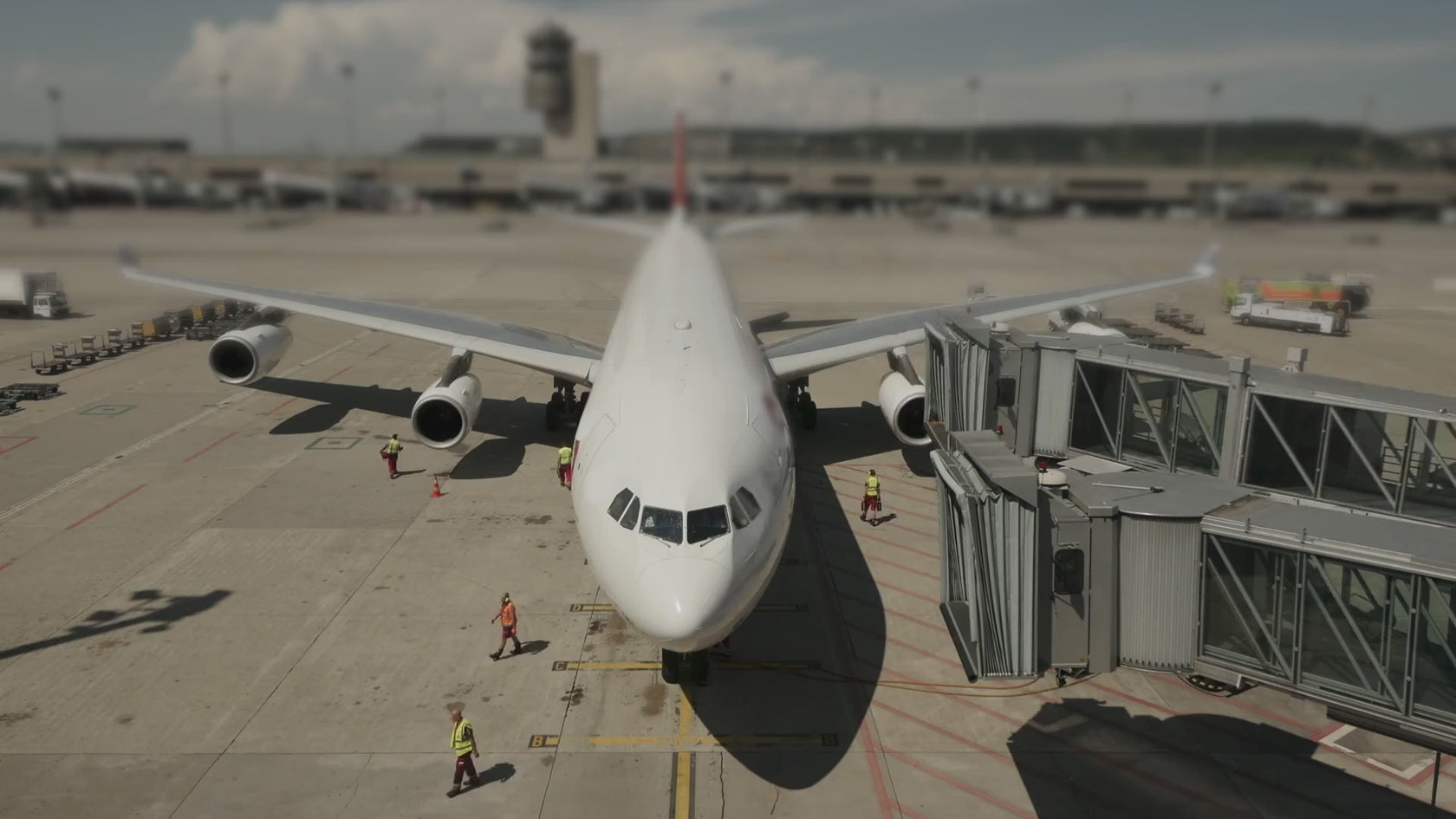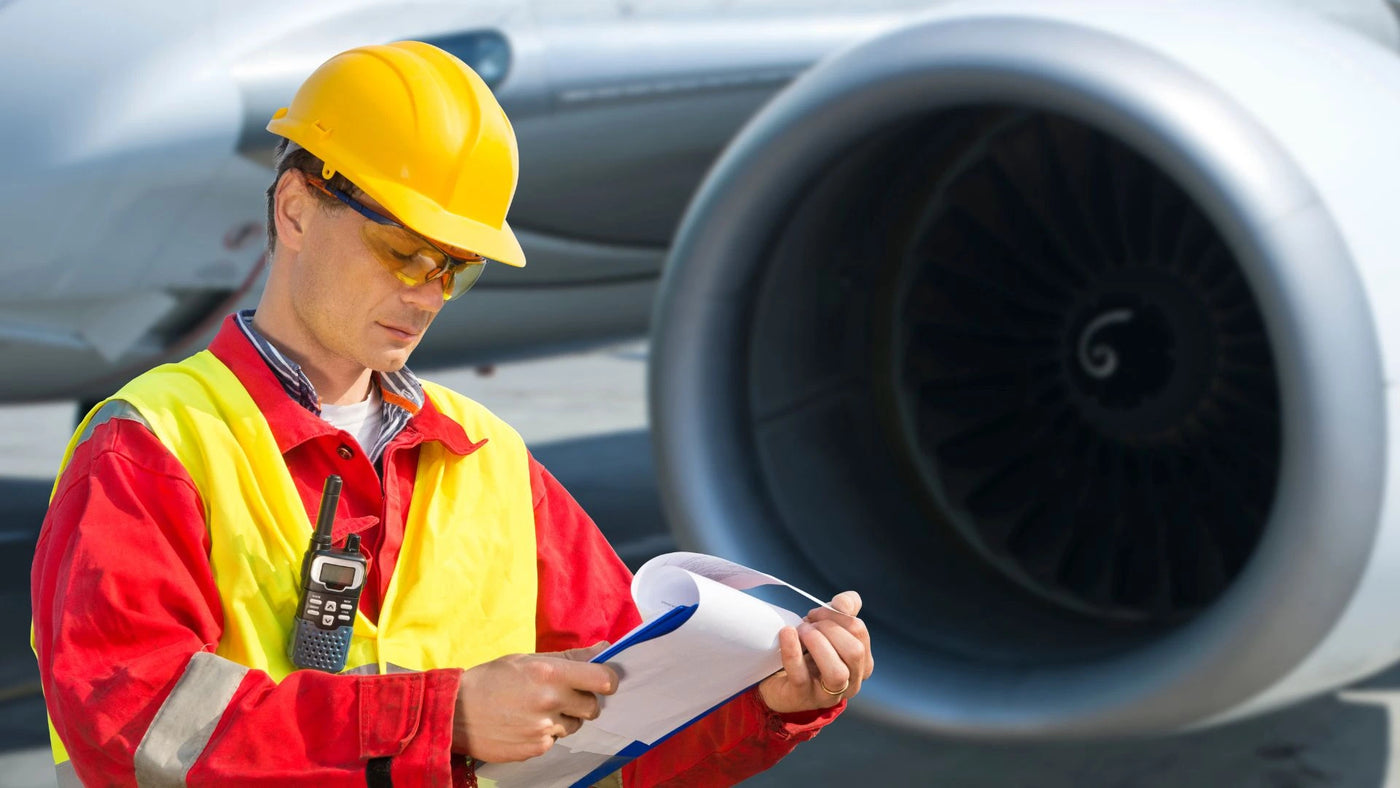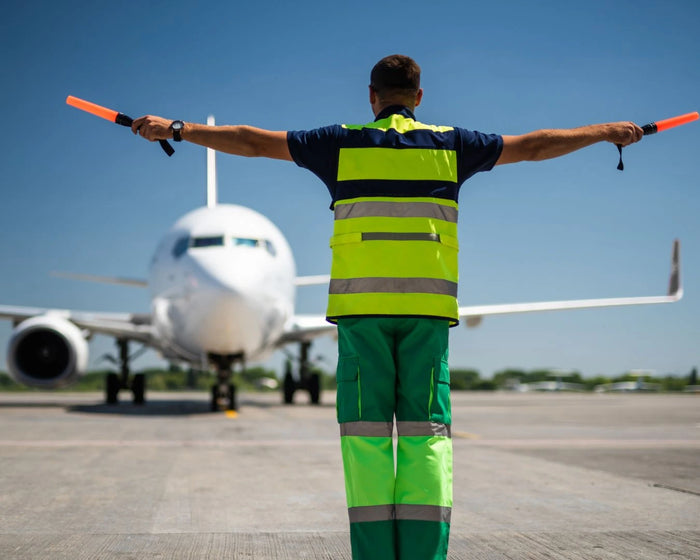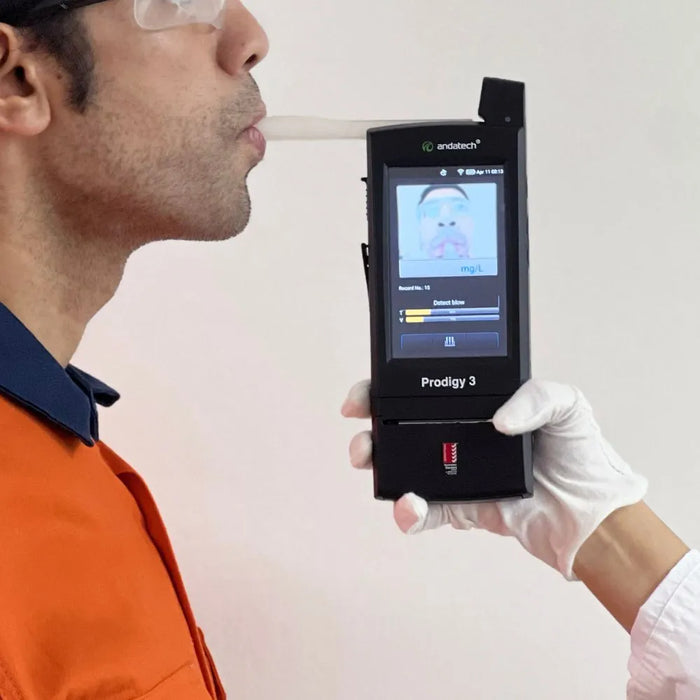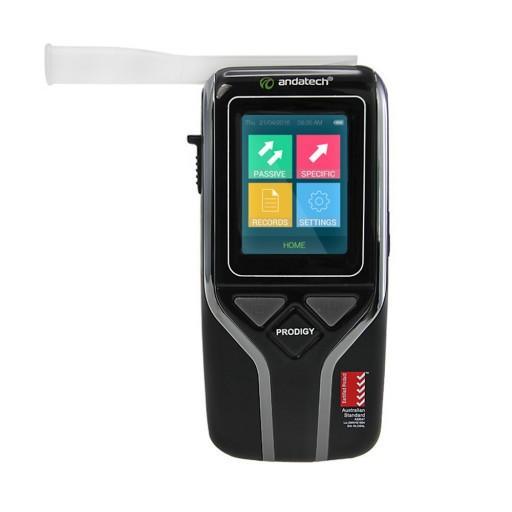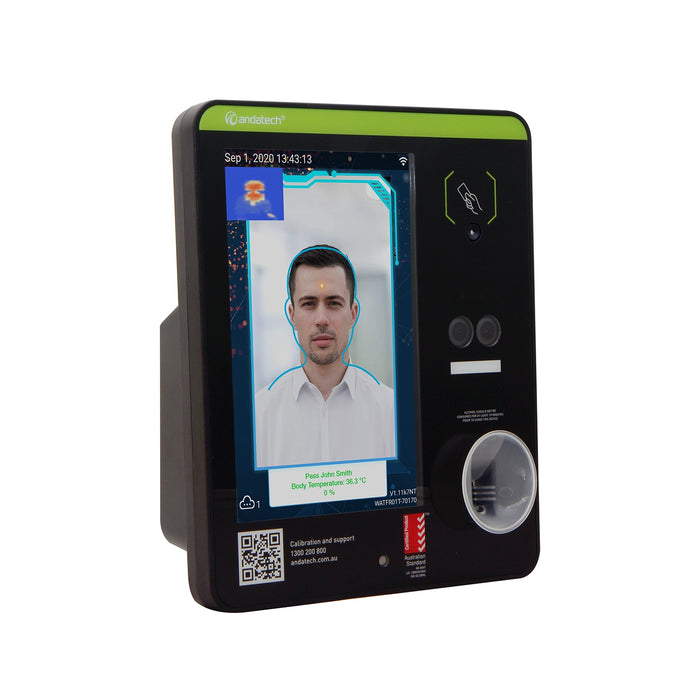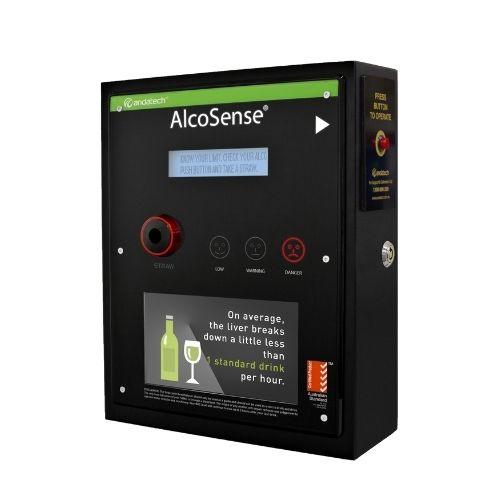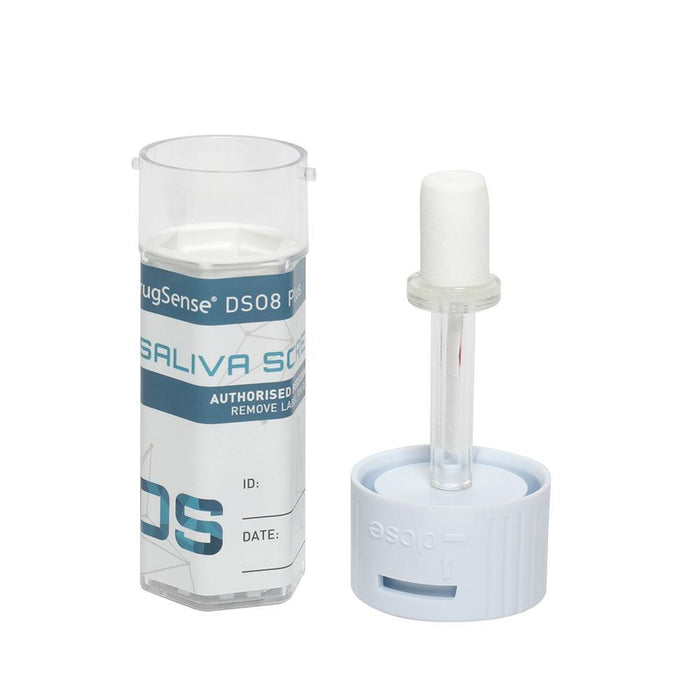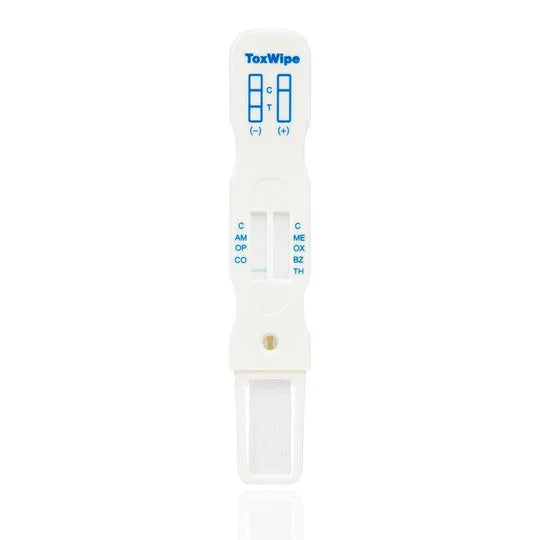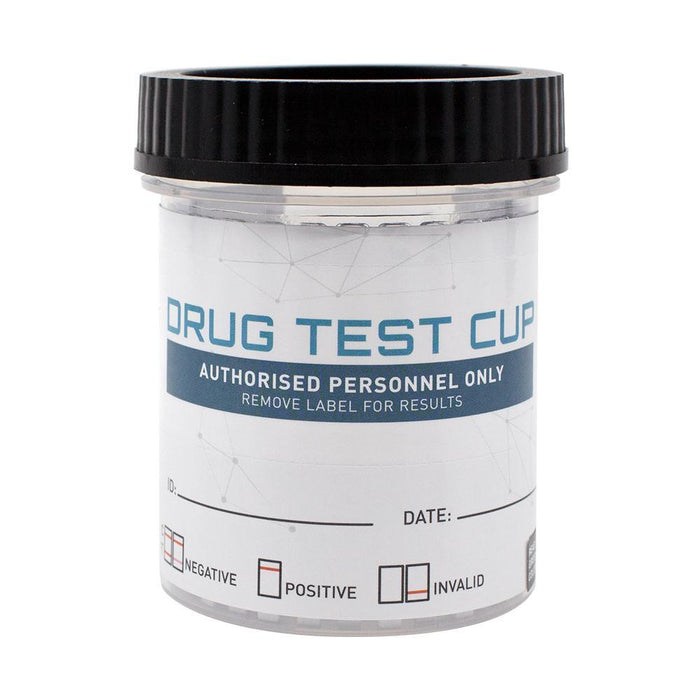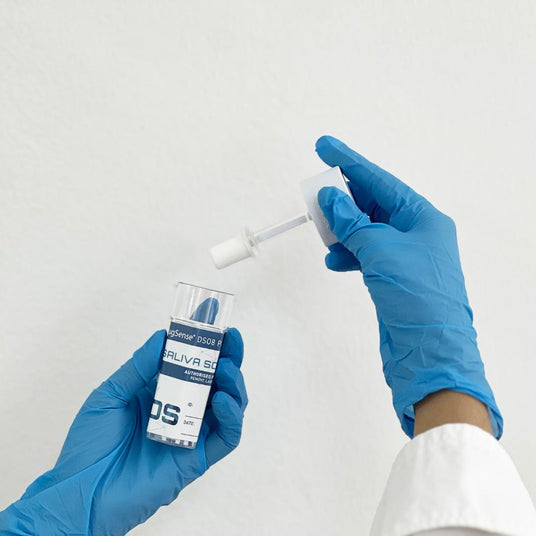
Managing drug and alcohol safety in aviation: Best practices for employers
To stay compliant with CASA and keep your crew safe, here are the key practices every aviation operator should follow:
- Have a Drug and Alcohol Management Plan (DAMP)
- Run training programs so your crew understands testing procedures, and how to stay safe.
- Always conduct drug and alcohol testing as part of your pre-employment process.
- Perform regular, unannounced drug and alcohol tests to deter use.
- Test after any incident.
- All testing should follow Australian standards to ensure accuracy.
- Consult a Medical Review Officer (MRO) after positive test results.
- Make sure your policy outlines exactly what happens if someone tests positive.
- All drug and alcohol testing results must be handled discreetly.
Stay on top of CASA drug and alcohol testing requirements with our free workplace checklist.
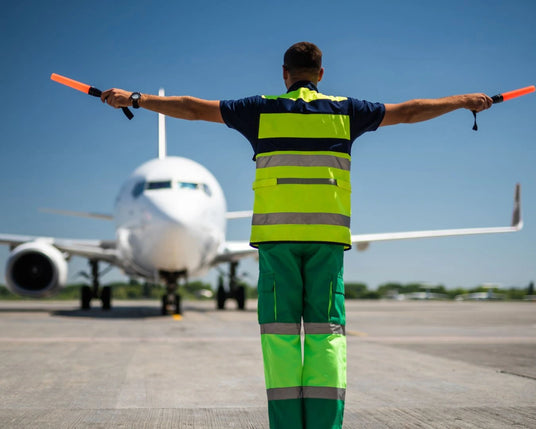
Who can be tested under a CASA-approved DAMP?
Anyone that performs or is eligible to perform a safety sensitive aviation activity. This includes but is not limited to:
- Flight crew
- Ground handlers
- Cabin crew
- refuellers
- Aviation security staff
- Aircraft dispatchers
- Maintenance personnel
Frequently asked questions on CASA approved drug and alcohol management
What is the legal alcohol limit for aviation employees in Australia?
What is the legal alcohol limit for aviation employees in Australia?
If a person tests positive during an alcohol breath test, a second test will be administered. If the test subject records a BAC of .02 or higher, they will be immediately removed from duty.
How often should aviation employees be tested for drugs and alcohol?
How often should aviation employees be tested for drugs and alcohol?
Testing frequency is determined by the organisation's DAMP. Employers can conduct tests:
- Pre-employment.
- Random testing.
- Post-incident testing.
- Reasonable suspicion.
- After an employee has tested positive and is returning to work.
These measures ensure ongoing compliance and safety within the aviation industry.
How should employers test for drugs and alcohol in people performing safety sensitive aviation activities?
How should employers test for drugs and alcohol in people performing safety sensitive aviation activities?
CASA guidelines indicate that alcohol testing should only be done via breath testing, whereas drug testing is recommended to be done via oral testing or saliva testing.
Urine testing is still a viable option in conduction drug testing.
Can an employee refuse a drug test in aviation?
Can an employee refuse a drug test in aviation?
An employee cannot be forced to conduct a drug or alcohol test. However, if they refuse, they must be removed from doing any SSAA immediately.
Failure to do so can result in a criminal charge.

